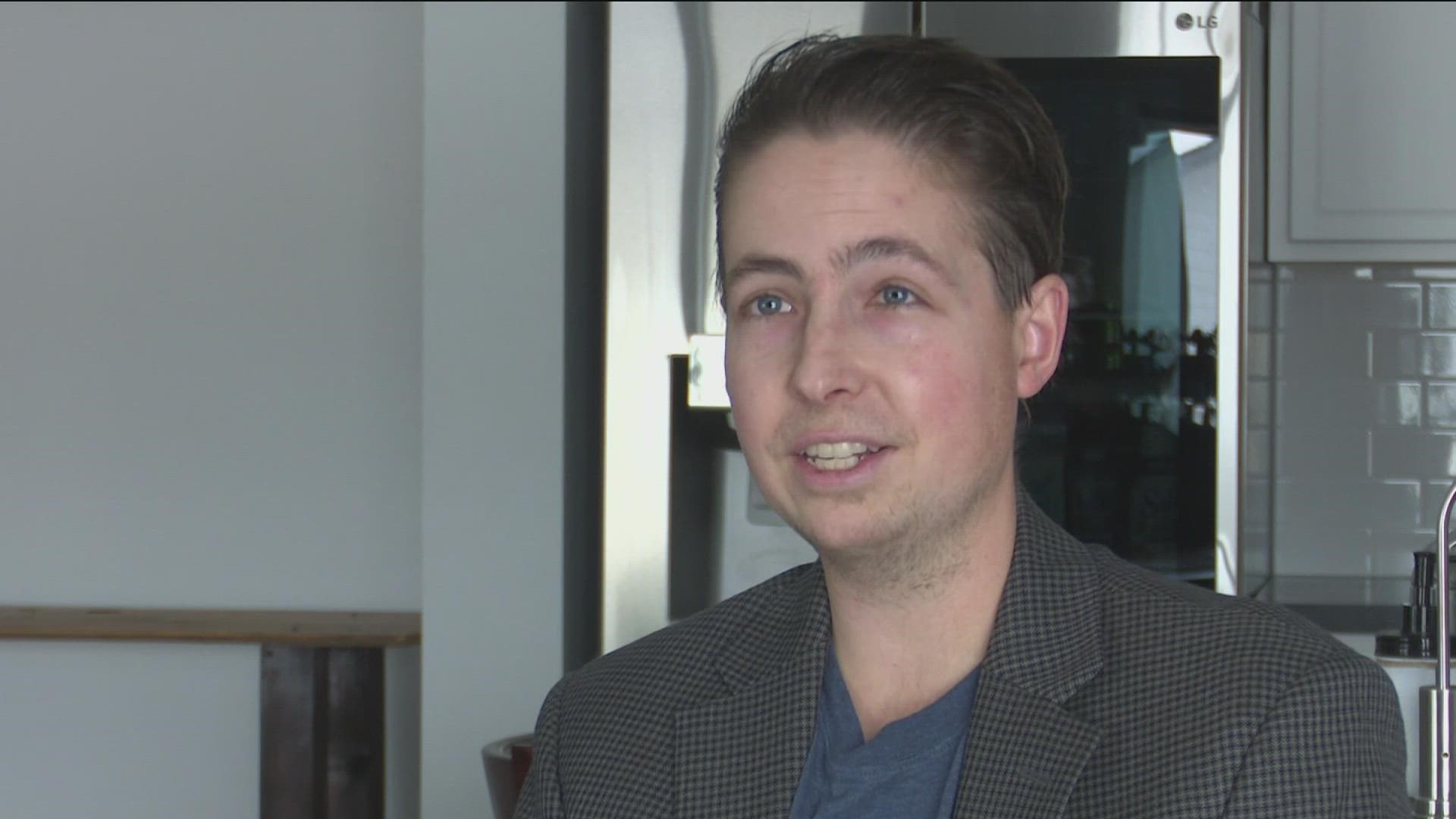BOISE, Idaho — Idahoan Trevor Schaefer was diagnosed with brain cancer in 2002 when he was only 13 years old. His family believes his cancer was environmentally caused as a child growing up in Valley County.
Since his diagnosis, Schaefer and his mother have been on a mission to make sure communities hit by cancer clusters get the help they deserve.
"We wanted to do something about that. My mom had this brilliant idea that we have Megan's Law to address sexual predators throughout the United States," Schaefer said. "So we need a law to address toxic predators throughout the United States."
Schaefer is the namesake of Trevor's Law, which was passed back in 2016. Three years after it was passed, the CDC told Schaefer they were beginning the process of restructuring their cancer cluster guidelines.
Last week, the CDC updated its cancer cluster guidelines based on the language of Trevor's Law.
"They put an emphasis on unusual patterns of cancer, which makes it a lot easier to define a cancer cluster, because you're not dealing with just one specific type of cancer, you're dealing with multiple cancers in an area that is an unusual pattern," Schaefer said.
The new CDC guidelines also give more emphasis on communication with communities impacted by a cancer cluster, and collaboration with them, to give them "a much stronger voice," according to Schaefer.
Based on the language of Trevor's Law, the new guidelines are essentially a roadmap for local and state health departments to follow when there is a cancer cluster concern. The CDC guidelines were released on Dec. 8.
"It's surreal," Schaefer said. "I mean, just because there's so many, not just stops and goes to get the law passed, and having to back off on some of the strong language in it to get it passed. But then also the frustration about, you know, you think once a bill passes the United States Congress, and is signed by the president, that it's gonna get implemented, and that wasn't the case. And that was very frustrating. It took three years for anything to happen."
While working to get the law passed, Schaefer worked with three different presidential administrations. Despite the lengthy process, Schaefer says the change is a victory for environmental justice.
"You wonder why it would take that long to get this done while so many communities are suffering, and over 15,780 children a year are diagnosed with cancer," Schaefer said. "So every second counts, really, so that was frustrating. But this does feel like a great victory for our communities that are impacted by childhood and adult cancer clusters for sure. And gives us and communities a great platform to work off of to finally have their voices heard and get environmental justice."
While these guidelines are now in place, Schaefer told KTVB they have more steps in the journey. Next year, they will begin talks to incorporate Trevor's Law into the 'Cancer Moonshot Initiative,' which would help with funding.
For more information on the CDC's updated cancer cluster guidelines, click here.
Watch more Local News:
See the latest news from around the Treasure Valley and the Gem State in our YouTube playlist:

